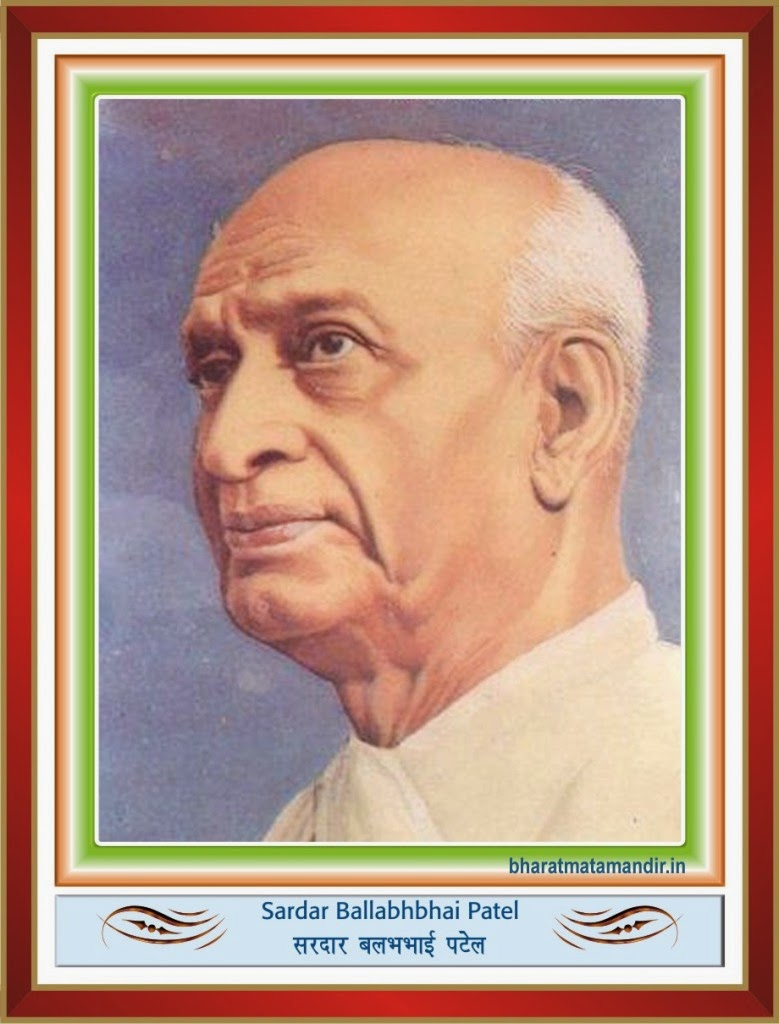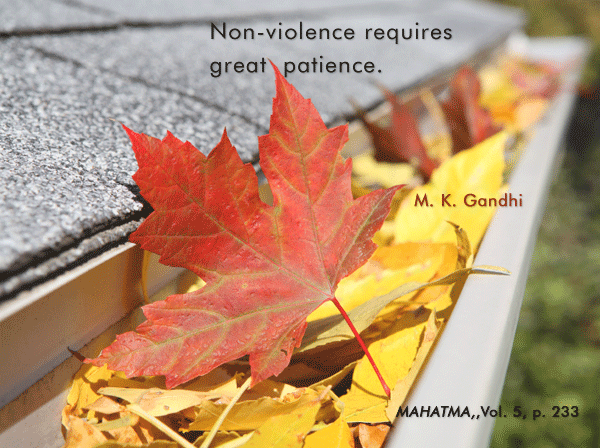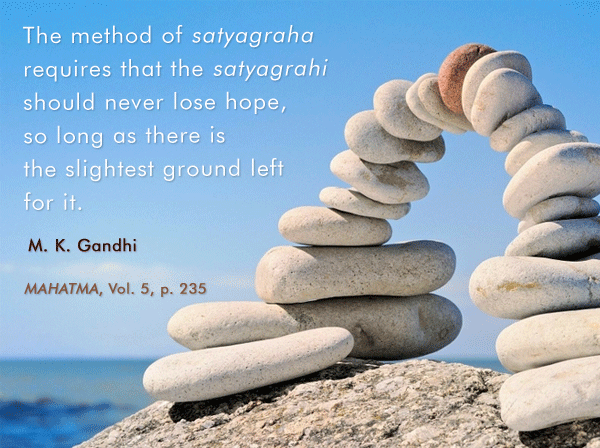A Catechism of Hinduism -III.2 Continued : Swami Krishnananda
25/02/2019
III.2 - Continued ..
Q: Give glimpses of the life-sketch of its founder.
A: Hinduism has no founder, but it adores the great personalities mentioned in or associated with its fundamental scriptures mentioned earlier - for example, sages like Vasishtha, Vyasa, Suka, Valmiki, Yajnavalkya and Uddalaka, and all the propounders of the religion of knowledge, devotion and action.
Q: How and in which countries did it spread?
A: Hinduism has its stronghold in India, especially. But it spread outside India in the East and its impact in such countries and lands as Java, Sumatra, Cambodia and the like is well known to history. Today, a large population of Indians dwells outside India, in many different countries of the world. The way it spreads its message outside has been through its teachers, messengers, propounders and actual living participants, who accomplished this task either by travel or by written message, or through both.
Q: Where are its monuments/places of pilgrimage, and what is their importance?
A: The well-known places of pilgrimage by the Hindus are Badarikashrama (Badrinath) , Kedarnath, Ayodhya, Mathura, Haridwar or Kankhal, Kasi (Varanasi), Dvaraka, Avanti (Ujjayini), Puri (Jagannath), Pushkar and Manasarovara in North India, and Kanchi (Kanchipuram), Ramesaram, Madurai, Tirupati, Srirangam, Tiru-Anantapuram (Trivandrum), Palani, Kanyakumari and many other places in the South. There are several other holy places of pilgrimage associated with deities, saints and sages, such as Somanath, Pandharpur, Alandi, etc. and sources of holy rivers, like Gangottari and Yamunottari.
Q: What influence did it have on Indian Culture?
A: It would not be far from truth if it is stated that the foundational outlook of the entire culture of India is universally-oriented, since its policy has always been an accommodating, inclusive, friendly and absorbing spirit in regard to the different calls of life, whether philosophical, religious, social or political. This is the very forte of the Hindu view of life. Its policies of human relation have contributed vigorously not only to the stability of its internal structure in India as a nation, but also to international relationship as a gesture of perpetual harmony as a unit in the comity of the nations of the world.
Q: What are the moral and ethical codes?
A: In India, life has been always regarded as a process of progressive self-transcendence from the realm of matter (annamaaya-jivatva) to the realization of the supreme spiritual bliss (parama-ananda). Human values and ends in life have been classified into the scheme of the fourfold pursuit (purushartha) of existence, viz., the practice of righteousness and goodness (dharma), the effort towards earning the necessary material values (artha), the fulfilment of permissible desires through honest means (kama), and the endeavour for the final salvation of the soul (moksha). This analysis is based on a broad understanding of the different levels of individuals in relation to the Universe. The other aspects of its ethical and moral codes have been touched upon earlier.
To be continued ..





Comments